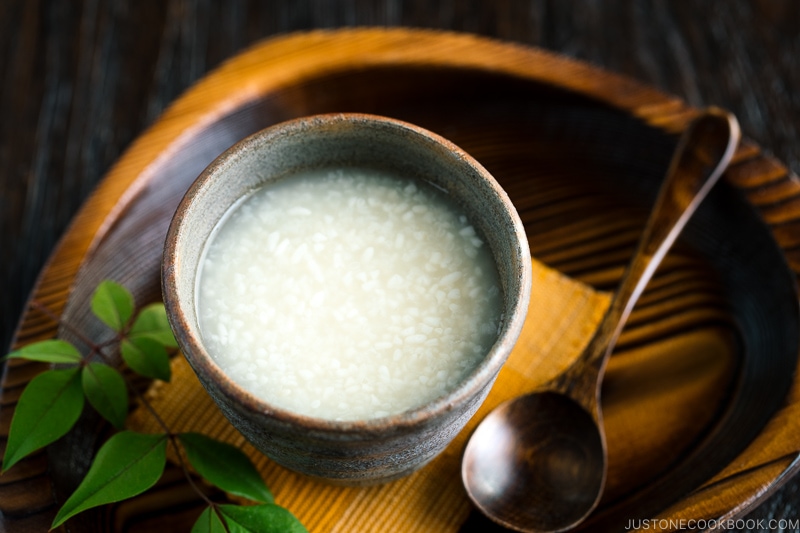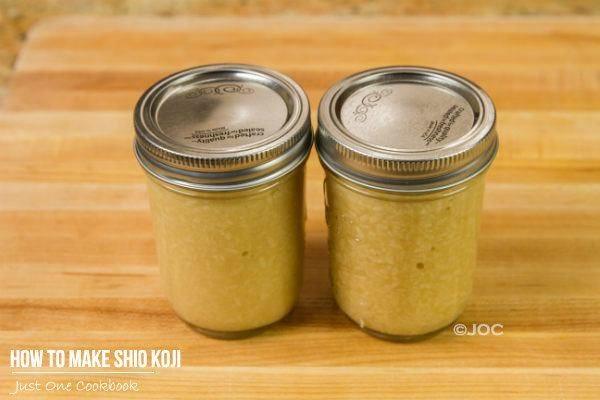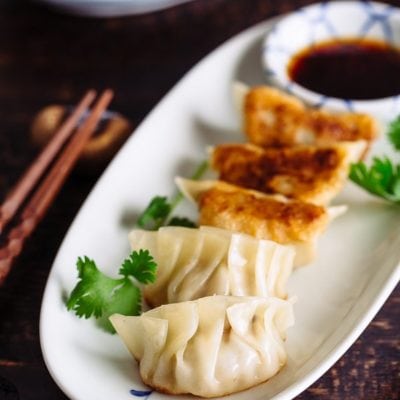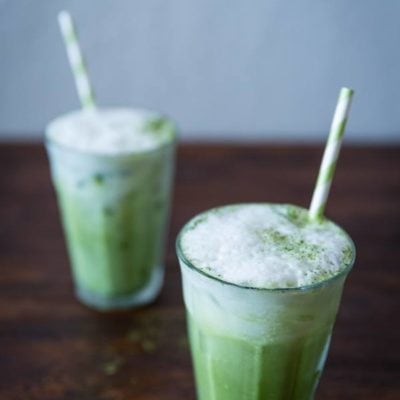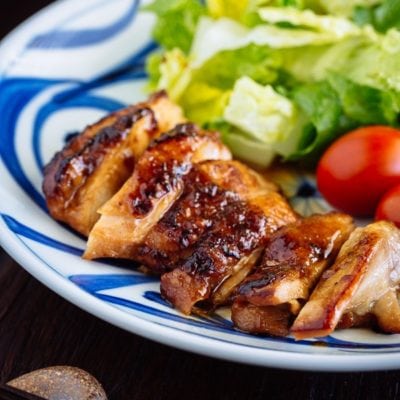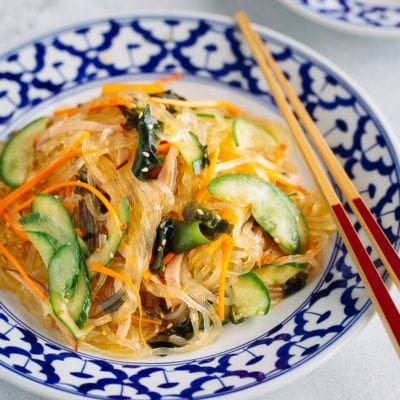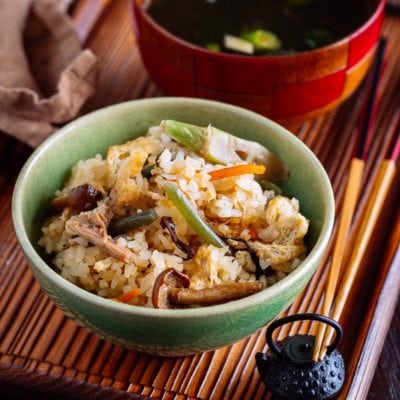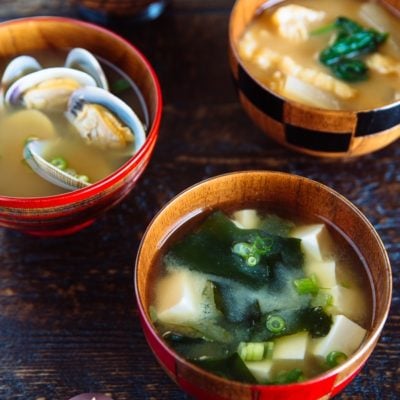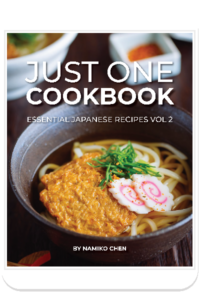Rice koji is steamed rice inoculated with koji mold, AKA Aspergillus oryzae. It’s the key ingredient in many Japanese pantry staples, such as soy sauce, miso, and shio koji.
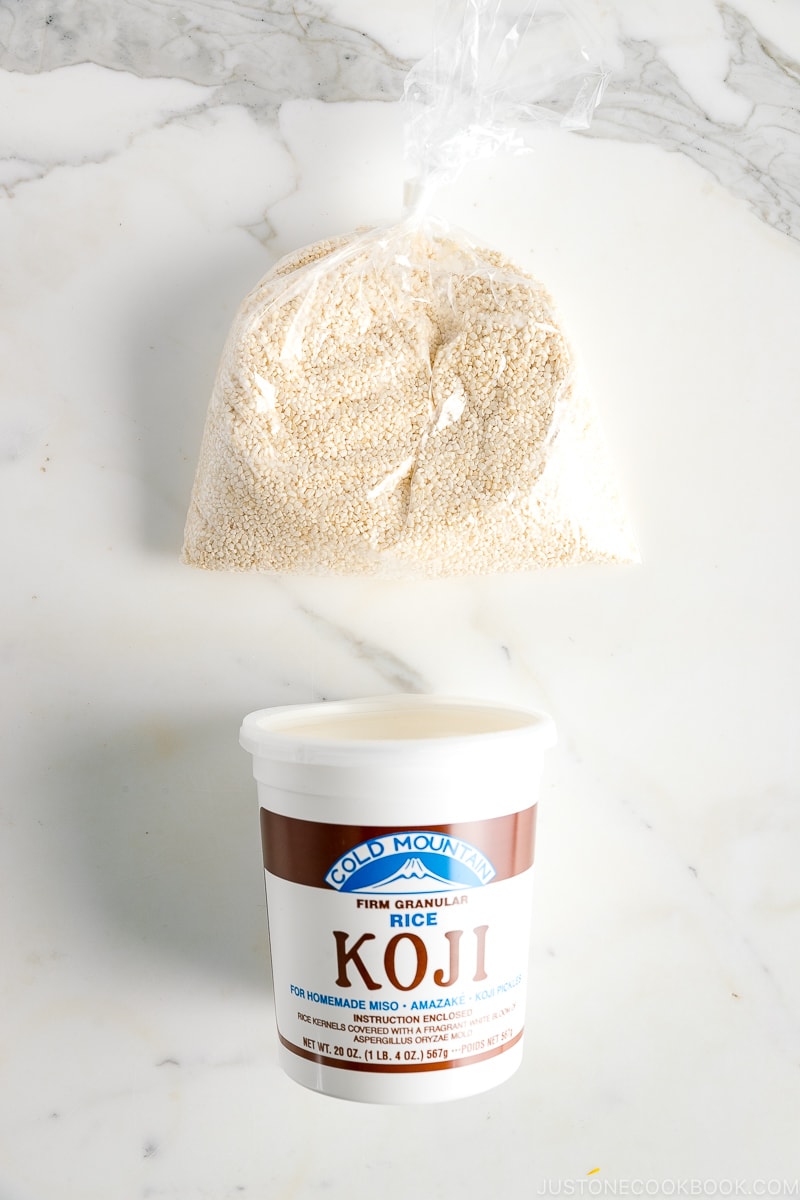
Rice koji (米こうじ, 米糀, 米麹) is steamed rice treated with koji spores (Aspergillus oryzae, 麹菌). Koji is crucial in miso, soy sauce, sake, mirin, rice vinegar, amazake, shochu (Japanese distilled alcohol), and shio koji. It’s not an understatement to say it’s a key ingredient in Japanese cuisine!
Table of contents
What Is Rice Koji
Rice koji is rice inoculated with yeast. It’s an ingredient for many Japanese pantry staples, condiments, and beverages. Think of it as an umami-infused salt.
It’s made by inoculating steamed Japanese short-grain rice (white or brown) with the spores until the grains are coated with a fragrant white mold. The mold creates enzymes to help break down the carbohydrates and protein in the grains into amino acids, fatty acids, and simple sugars, contributing to a rich and savory umami taste in various fermented products.
You can find it dried in slabs or broken up into individual grains, which is easier to work with than fresh rice koji, which spoils quickly if not stored properly and has a short expiration date.
The Japanese use other types of koji, such as barley (mugi koji 麦麹) and bean (mame koji 豆麹).
What Does It Taste Like
It has a funky, floral, and complex flavor. It doesn’t have a strong flavor on its own.
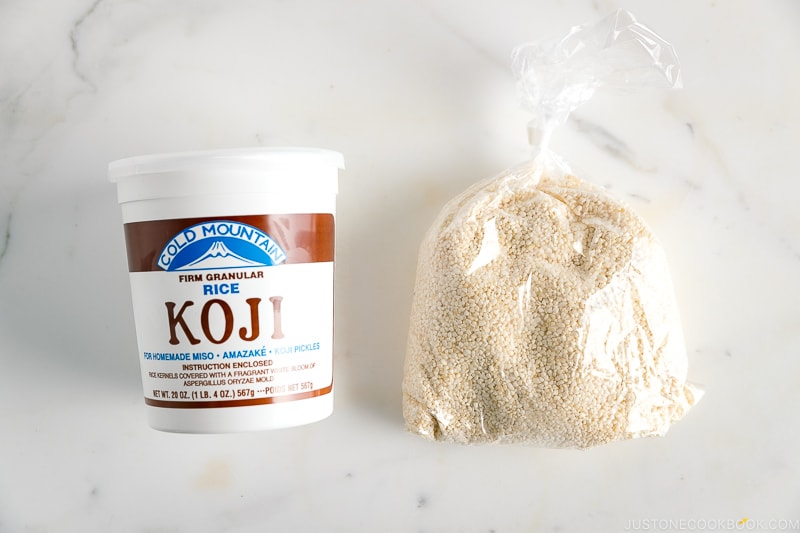
How To Use
One way to use it is to make homemade miso. You can also use it as an umami-packed steak, fish, tofu, or vegetable seasoning. Finely grind the grains and sprinkle the powder to marinate. This will break down the proteins, boost the umami content, and add a nice crust when cooking.
You can also make amazake, a sweet rice beverage packed with nutrients that the Japanese call a “drinkable IV drip” (飲む点滴).
Recipes Using Rice Koji
Where To Buy
It may be tricky to find outside of Japan. If you can’t find it in Japanese or Asian grocery stores or natural food stores, you can find it on Amazon (Miyako Koji).
You might find a koji starter at some health food stores. If you plan to make rice koji, I highly recommend using Japanese short-grain rice and not other Asian or long-grain rice to respect the Japanese food culture.
How To Store
Keep it in the refrigerator for several days or freezer if you won’t use it immediately. Avoid moisture, heavy odors, and humid conditions, as it will weaken the spores.
Health Benefits
Rice koji offers potential health benefits through its role in fermentation and nutritional content. It promotes digestive health by aiding in the breakdown of complex substances, supports the immune system by producing beneficial compounds, enhances nutrient bioavailability, and contributes to gut health by generating probiotics and prebiotics during fermentation.
Wish to learn more about Japanese cooking? Sign up for our free newsletter to receive cooking tips & recipe updates! And stay in touch with me on Facebook, Pinterest, YouTube, and Instagram.
